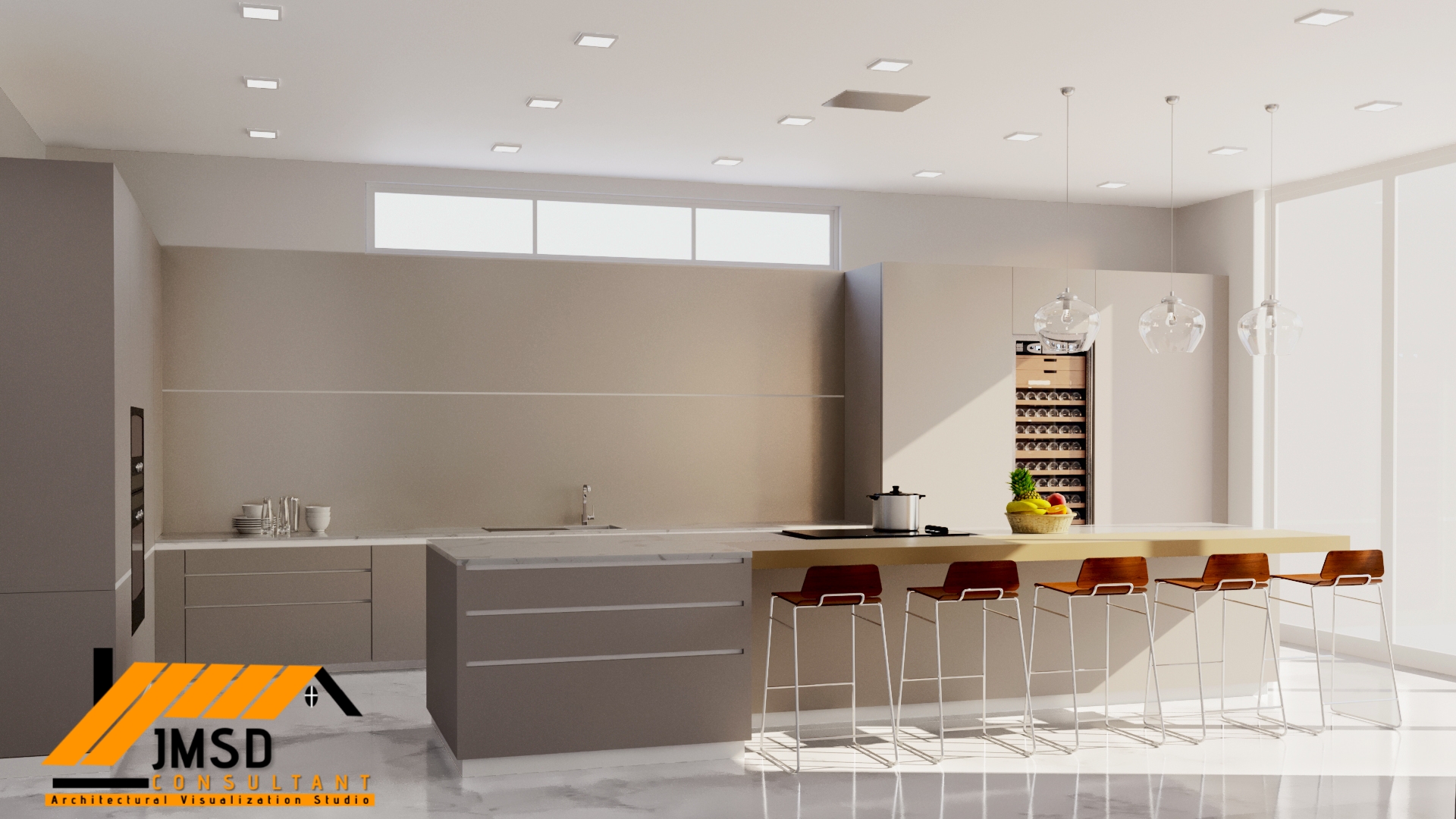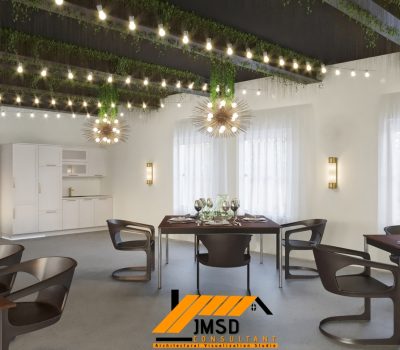Are you looking to enhance your kitchen’s functionality and aesthetics? A kitchen island can be the perfect solution. In this comprehensive guide, we will walk you through the process of building your own kitchen island with 3D interior rendering services. You don’t need to be a professional carpenter to tackle this project successfully. With a bit of time, effort, and the right tools, you can create a beautiful and functional kitchen island that fits your space perfectly.
Why Build a Kitchen Island?
A kitchen island is a versatile addition that can serve multiple purposes in your kitchen. It provides extra countertop space for food preparation, a hub for casual dining, and often, additional storage. Rather than spending a fortune on a pre-made island, building one yourself allows you to customize it to your specific needs and style preferences. Let’s get started on your DIY kitchen island journey.
Choosing the Right Location
Before diving into the construction process, consider where your kitchen island will be located. It should be strategically placed for easy access to cooking and other kitchen activities. Most kitchen islands are positioned in the center of the room, but you can adapt this to your kitchen’s layout.
Determining Size and Design
The size and design of your kitchen island depend on your available space and personal preferences. Measure the area carefully and decide on the dimensions. Choose a design that complements your kitchen’s style, whether it’s traditional, modern, or eclectic.
Selecting Materials
For the base and countertop, you can choose from a variety of materials. Common options include wood, metal, and concrete. Each material has its unique advantages, so select one that suits your taste and budget.
Gathering the Necessary Tools and Materials
Tools You'll Need
To build a kitchen island, you’ll need several tools, including a saw, drill, screwdriver, measuring tape, and safety equipment like goggles and gloves.
Required Materials
Gather the materials for the base and countertop. These may include lumber, screws, brackets, and your chosen countertop material.
Building the Base
Constructing the Frame
Start by building the frame of your kitchen island. This frame will serve as the foundation for the island. Follow your design and measurements closely to ensure a snug fit.
Adding Legs and Supports
Attach legs to the frame and add additional supports as needed for stability. Consider the weight the island will carry when determining the number of supports.
Choosing Countertop Material
Select a countertop material that suits your kitchen’s style and your budget. Common options include butcher block, granite, and quartz. Ensure that the countertop fits securely on the frame.
Adding Legs and Supports
Attach legs to the frame and add additional supports as needed for stability. Consider the weight the island will carry when determining the number of supports.
Adding Cabinets or Shelves
To maximize storage, consider adding cabinets or open shelves beneath the countertop. This provides space for pots, pans, and kitchen utensils.
Finishing Touches
Sanding and Smoothing
Smooth all surfaces to prevent splinters and sharp edges. Sand the wood if you’re using it to create a comfortable and safe workspace.
Painting or Staining
Enhance the appearance of your kitchen island by applying a coat of paint or stain. Choose a color that complements your kitchen’s overall theme.
Conclusion
Building your own kitchen island can be a rewarding DIY project that adds both functionality and style to your kitchen. With careful planning, the right tools, and a bit of creativity, you can create a unique centerpiece for your home. So, roll up your sleeves and embark on this exciting journey of kitchen island construction.
Contact us here for design your kitchen now!
FAQs
What tools do I need to build a kitchen island?
You will need tools such as a saw, drill, screwdriver, measuring tape, and safety equipment like goggles and gloves.
How long does it take to build a kitchen island?
The time required depends on your skill level and the complexity of the design, but it typically takes a few days to a week to complete.
Can I install a sink in my DIY kitchen island?
Yes, you can install a sink in your kitchen island, but it’s important to ensure proper plumbing connections and sealing to prevent leaks.
What are the best materials for a kitchen island countertop?
Common countertop materials include butcher block, granite, and quartz. The best choice depends on your style and budget.
Is it possible to move a kitchen island once it’s installed?
Moving a kitchen island can be challenging due to its weight and connection to plumbing and electricity. It’s best to plan its location carefully before installation.





